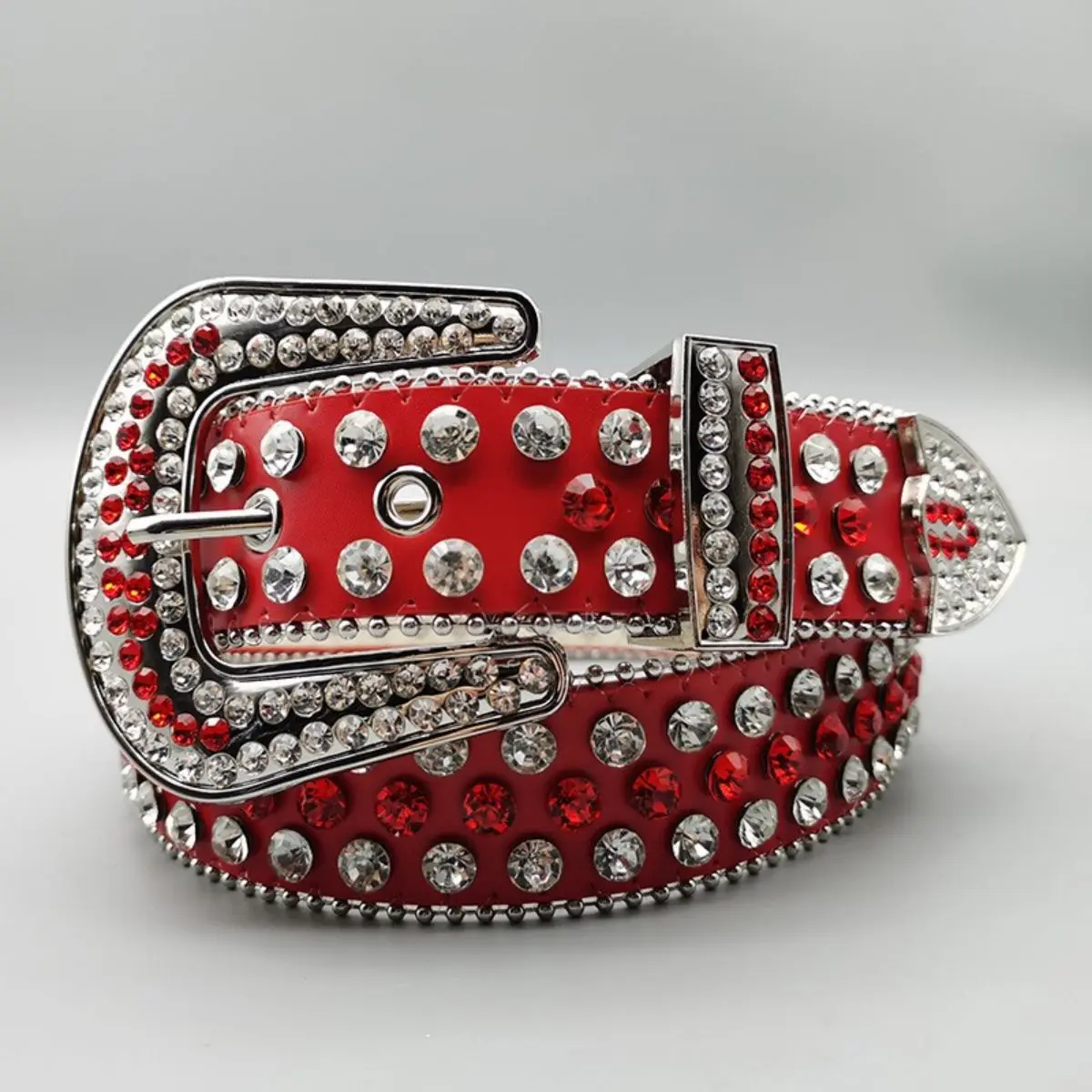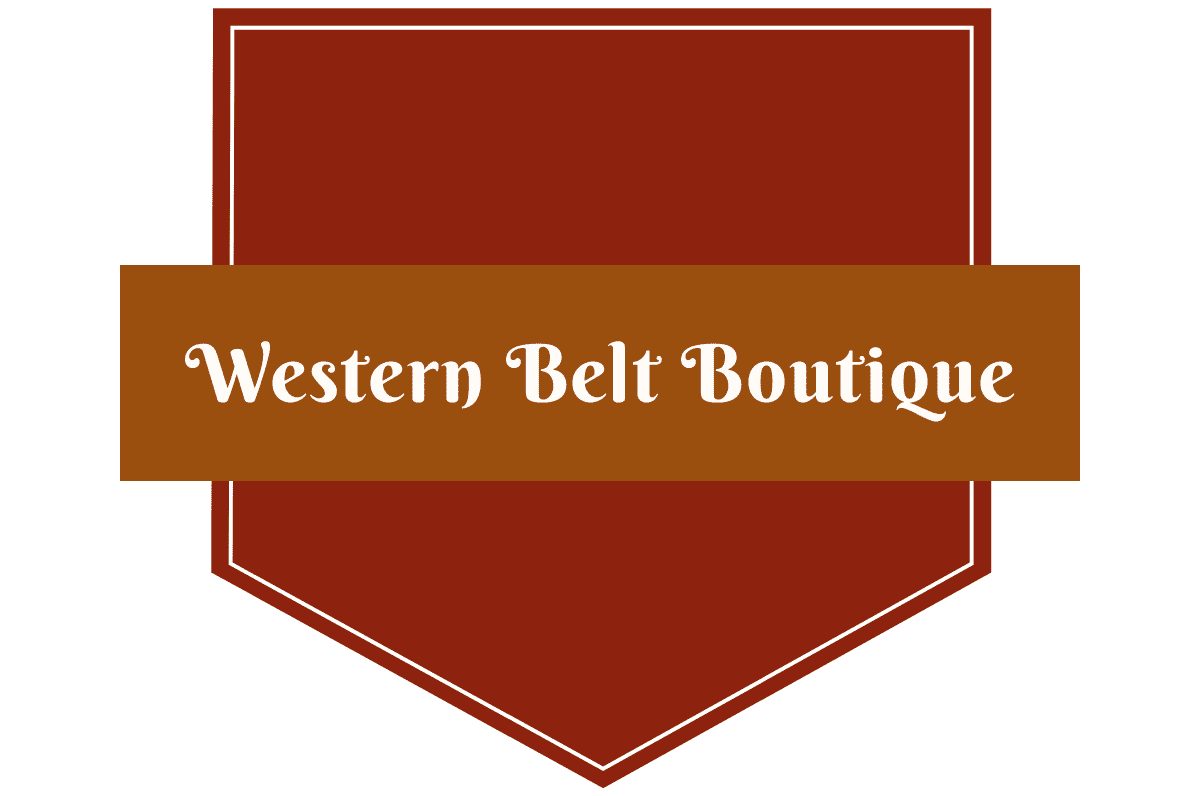
Introduction
Western belts are more than just functional accessories; they are symbols of a rich cultural heritage, embodying the rugged spirit and style of the American West. From their origins in cowboy culture to their place in contemporary fashion, these items have evolved into iconic pieces that combine utility and style. This comprehensive guide explores the history, types, benefits, and tips for choosing and caring, ensuring you find the perfect one for any occasion.
History of Western Belts
- Origins in Cowboy Culture
- Practical Beginnings: Western belts originated as practical tools for cowboys, designed to hold up trousers and carry essential items like knives and holsters.
- Decorative Evolution: Over time, these items became more decorative, featuring intricate designs and craftsmanship reflective of Western artistry.
- The Rise of Rodeo and Western Movies
- Rodeo Influence: The popularity of rodeo events in the early 20th century brought into the spotlight, showcasing elaborate designs and large item buckles.
- Hollywood Impact: Western movies in the mid-20th century popularized the Western belt as a fashion statement, with iconic actors like John Wayne and Clint Eastwood sporting them on screen.
- Modern-Day Appeal
- Fashion Statements: These are worn by fashion enthusiasts worldwide, blending traditional elements with modern trends.
- Cultural Symbols: They continue to symbolize the rugged, independent spirit of the American West.
Types of Western Belts
- Classic Leather Belts
- Description: Made from high-quality leather, these items feature simple, clean designs.
- Material: Often crafted from cowhide or exotic leathers like snakeskin or alligator.
- Style: Timeless and versatile, suitable for both casual and formal wear.
- Tooled Leather Belts
- Description: Feature intricate patterns and designs hand-tooled into the leather.
- Material: Usually made from vegetable-tanned leather.
- Style: Artistic and unique, perfect for making a bold fashion statement.
- Studded Belts
- Description: Adorned with metal studs, conchos, or rhinestones for added flair.
- Material: Leather with metal embellishments.
- Style: Edgy and eye-catching, ideal for adding a touch of Western glamour to any outfit.
- Braided Leather Belts
- Description: Made from interwoven strips of leather, creating a textured, braided look.
- Material: Typically cowhide or split leather.
- Style: Casual and stylish, great for everyday wear.
- Western Belt Buckles
- Description: Large, ornate buckles often featuring Western motifs like horses, stars, or rodeo scenes.
- Material: Metal, often silver or brass, with intricate engraving or inlay work.
- Style: Statement pieces that can be swapped onto different belts for versatility.
Benefits of Wearing Western Belts
- Durability and Functionality
- High-Quality Materials: These items are often made from durable leathers that withstand wear and tear.
- Practical Use: Provide reliable support for trousers, often with additional functionality for carrying tools or accessories.
- Unique Style and Expression
- Personalization: With various designs, patterns, and buckles, Western belts allow for personal expression and individuality.
- Versatility: Can be dressed up or down, suitable for a range of occasions from casual outings to formal events.
- Cultural Connection
- Heritage and Tradition: Wearing a Western belt connects you to the rich history and culture of the American West.
- Symbolism: Represents values such as independence, resilience, and ruggedness.
- Craftsmanship and Artistry
- Handcrafted Quality: These items are handcrafted, showcasing exceptional craftsmanship and attention to detail.
- Artistic Designs: Feature beautiful, intricate designs that are often unique and one-of-a-kind.
How to Choose the Right Western Belt
- Consider the Material
- Leather Types: Choose high-quality leathers like full-grain cowhide for durability and a classic look.
- Exotic Leathers: For a distinctive style, consider belts made from exotic leathers like snakeskin, ostrich, or alligator.
- Select the Style
- Tooled Designs: Opt for tooled belts if you appreciate detailed craftsmanship and unique patterns.
- Studded and Braided Options: Choose studded or braided belts for a more contemporary or casual look.
- Choose the Right Buckle
- Size and Design: Select a buckle size and design that complements your personal style and the occasion.
- Interchangeable Buckles: Consider belts with interchangeable buckles for added versatility.
- Fit and Comfort
- Proper Sizing: Ensure the belt fits well, typically sizing it up 1-2 inches larger than your waist measurement.
- Adjustability: This item with multiple holes or adjustable features for a perfect fit.
- Consider the Occasion
- Casual Wear: For everyday use, choose simpler designs with minimal embellishments.
- Formal Events: Opt for sleek, elegant designs with classic buckles for formal occasions.
Styling Tips for Western Belts
- Casual Outfits
- Jeans and T-Shirts: Pair a classic leather or tooled with jeans and a t-shirt for a casual, Western-inspired look.
- Plaid Shirts: Add a studded or braided belt to a plaid shirt and jeans ensemble for a rugged, laid-back style.
- Smart-Casual Ensembles
- Blazers and Denim: Combine a sleek leather belt with a blazer, denim jeans, and a button-down shirt for a smart-casual outfit.
- Dresses and Skirts: Women can clinch a dress or skirt with a decorative for a chic, bohemian look.
- Formal Attire
- Suits: For men, a classic leather Western belt with a subtle buckle can add a touch of personality to a formal suit.
- Dress Pants: Women can pair a refined look with dress pants and a blouse for a sophisticated, yet distinctive appearance.
- Accessorizing
- Boots and Hats: Complete your Western-inspired outfit with cowboy boots and a matching hat.
- Jewelry: Incorporate Western-themed jewelry like turquoise rings or silver bracelets to enhance your look.
Care and Maintenance of Western Belts
- Cleaning
- Leather Care: Clean leather belts with a damp cloth and a mild soap solution, avoiding excessive moisture.
- Conditioning: Regularly condition with a quality leather conditioner to keep them supple and prevent cracking.
- Storage
- Proper Storage: Store belts flat or rolled up in a cool, dry place to maintain their shape.
- Avoid Direct Sunlight: Keep away from direct sunlight to prevent fading and drying out.
- Handling Buckles
- Polishing: Polish metal buckles with a suitable metal polish to keep them shiny and free from tarnish.
- Attachment Care: Ensure buckles are securely attached and check regularly for any signs of wear or loosening.
- Repairs
- Stitching and Hardware: Repair any loose stitching or damaged hardware promptly to extend the life of the belt.
- Professional Services: Consider professional leather repair services for significant damage or wear.
Conclusion
Western belts are timeless accessories that combine functionality, style, and cultural heritage. By understanding the different types, benefits, and tips for choosing and caring, you can find the perfect one to suit your needs and express your personal style. Whether you’re dressing for a casual outing, a formal event, or simply want to embrace the spirit of the American West, a quality option is an essential addition to your wardrobe.
